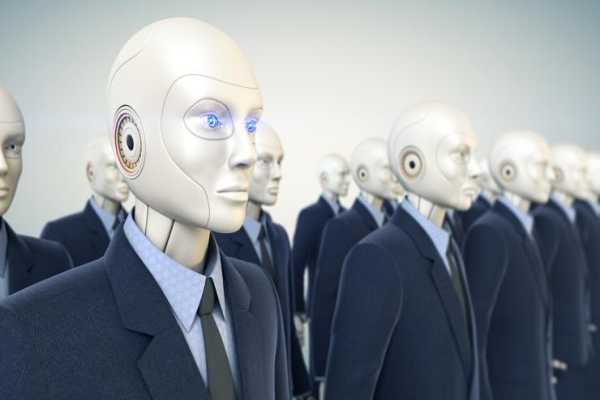Published on the 03/08/2017 | Written by Jonathan Cotton

Automation likely to be next decade’s major labour market disruptor…
You’ve likely already had a taste of it – every time you struggle against the incomprehension and indifference of a helpdesk chatbot you’re seeing the thin end of the AI/automation wedge, as it drives into another formerly human-ruled domain.
Long story short, here comes the Automation Age and it’s going to be big. The recent Telsyte ANZ Robotic Process Automation Study said as much when it declared the ANZ robotic process automation market is set to grow 45 percent annually, from $216 million in 2017 to $870 million by 2020.
We’re all waiting with bated breath to see just what mind-boggling (and profitable) opportunities automation will provide, with CIOs particularly excited about the potential for new fraud detection and financial modelling capabilities.
Not everyone’s on board however.
“AI intentions are running at two speeds in the Australian market,” said Telsyte MD, Foad Fadaghi, “with businesses much more bullish about using automation technology than consumers.”
There is an undercurrent of fear in the average consumer, said Fadaghi, about the impact of AI on jobs and future prospects for later generations in a highly automated world.
The threat is real of course, but as to how real, estimates vary.
A 2013 Oxford Martin School study suggested that 47 percent of US jobs were at high risk from automation; a 2016 OECD paper put the figure at 9 percent; a 2015 McKinsey study found that 45 percent of the activities that workers do today could already be automated if companies choose to do so.
The most dramatic figure comes from a CSIRO report, Tomorrow’s Digitally Enabled Workforce, which said: “73 percent of jobs are likely to be substantially impacted by automation and artificial intelligence by 2035. It is estimated that 44 percent of jobs in Australia are potentially at high risk of computerisation and automation….We are entering a period of rapid transition.”
That transition to the automated future holds exciting opportunities for new products and services, but it also poses some interesting policy challenges in regards to education and those displaced by new ways of working.
“People who work in highly structured environments or who lack high level interpersonal skills may be particularly vulnerable to their jobs being automated,” wrote Renée Leon, secretary of the Department of Employment in the above CSIRO report.
“We need to get the policy settings right so that workers who lose their jobs due to automation have access to other streams of work. We must provide an appropriate safety net while enabling people and organisations to take advantage of new opportunities as they emerge.”
“Regulation needs to accommodate the changing nature of work while providing reasonable protections. There is a need for targeted investment in skills, education and training. Supporting individuals in applying general and transferable skills will be a key priority as we foster a sustainable and more productive economy.”
Yes, the profound effects automation are about to be felt by the near-future labour markets and yes, jobs that employ salaried staff today will be automated tomorrow. The roles most susceptible to automation? Routine jobs which follow well-defined procedures that are easy to codify – think low-skill customer service roles being replaced with self-service kiosks.
In the USA of the early 1800s, 70 percent of jobs were in agriculture; by 2010 only 2 percent were. Such was the shift in the agriculture labour market following the technology-induced ‘green revolution’. It’s anticipated that automation will likely affect low-skill jobs in a similar way, especially across industries such as manufacturing, planning and decision-making.
But automation is not inextricably linked to lowering rates of employment. To the contrary automation reduces the costs of goods and services and that drives customer demand. It will facilitate the development of entire new industries. Emerging technology has historically increased labour productivity and created new jobs.
Of course, the automation of dangerous, repetitive or just generally soul-destroying work is a good thing. While it’s easy to let fatalistic thinking pass unchallenged, careful planning at government and industry level can and should address these fears.
Because these fears are not unfounded. Workers who have or can develop skills which complement the emerging technology will be in demand – those whose skills are limited to routine, repetitive tasks and are unwilling to adapt will be replaced.
And the better we prepare for both those eventualities, the better off we’ll be.



























